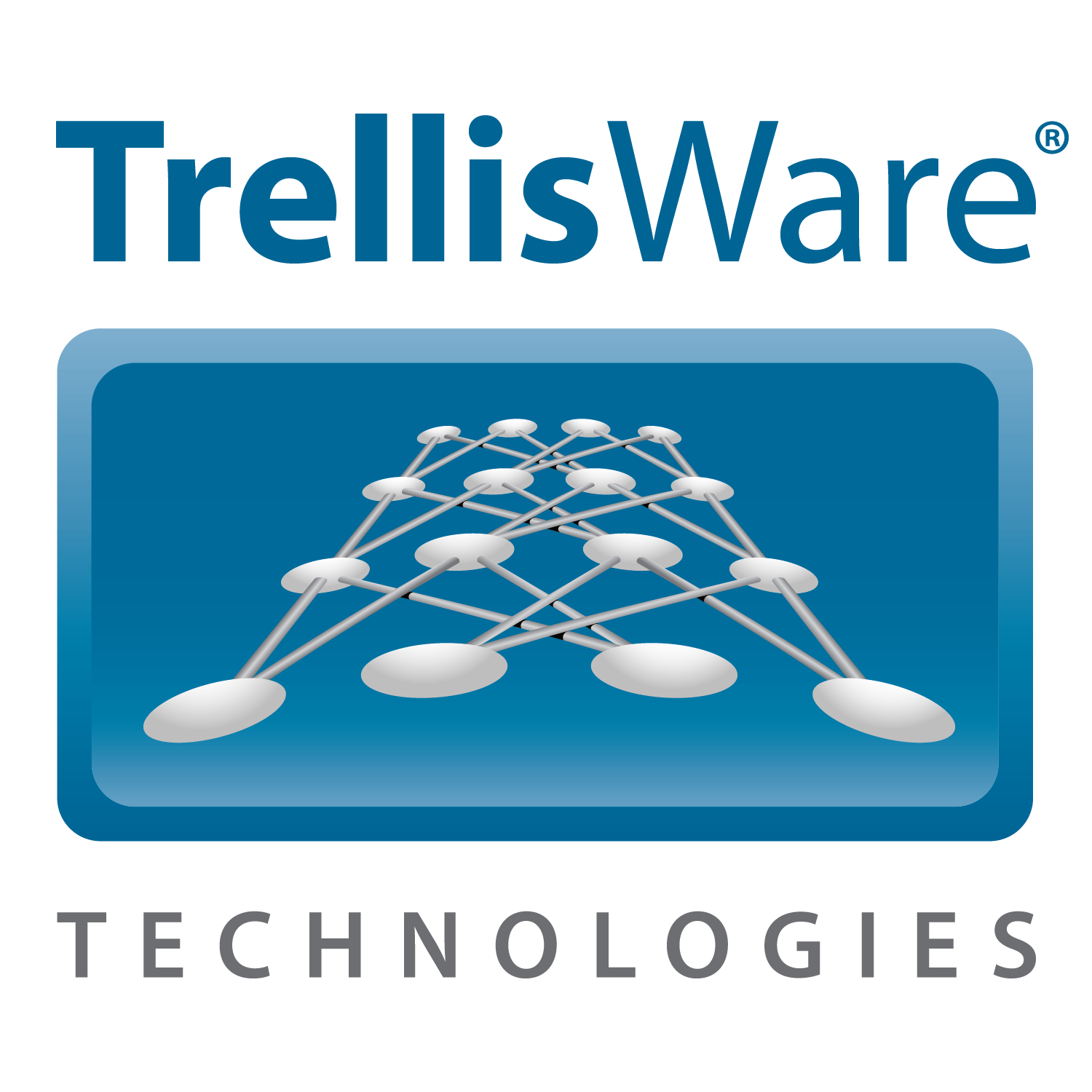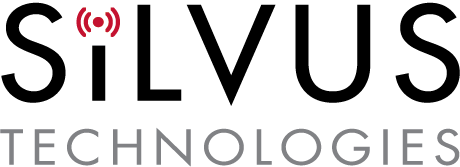Radio NetOps
A mesh-like architecture with a common operational and management view of the network’s current state.
Complicated and fragmented radio operations make setting up, maintaining, extending, and sustaining your radio network untenable.
- Multi-vendor radio networks take weeks to setup
- Tedious processes, ongoing training, and innumerable toolsets
- Disparate hardware kits, radios, and waveforms
- No easy interoperability between vendors
- Decision-making lacks context and visibility
- Incomplete network and status visualizations
CodeMettle partnered with soldiers in the field to configure Terminus and Nexus to simplify the management of disparate radios and network assets within one uniform experience.
These design principles differentiate this solution and ensure its suitability:
Interoperable
Soldiers use an array of radios, waveforms, and heterogenous tools to manage them. To allow a soldier to seamlessly manage any radio, CodeMettle developed a vendor-agnostic API that drastically reduces the time and effort for any type of radio.
Scalable
Soldiers lack the ability to understand and see themselves in time and space. The advanced data sharing technology between Terminus and Nexus makes top-down status views of lower echelons possible, providing context and visibility of all units within a brigade.
Simple
Native software tools used to manage radios are complex, vary by type, and only work with specific radios. Radio NetOps converted default hardware control functionality into a uniform radio control plane characterized by basic and advanced controls that are compatible with most radios.
A uniform interface for all radio types and waveforms means you can easily set up, maintain, extend, and sustain your radio network.
Currently optimized for TSM, TSM-X, and MIMO waveform radios, with more to come.
- Tedious processes replaced with user-driven workflows
- All the functionality needed, condensed into one tool
- Radio networks take hours to set up, not weeks
- An open API to seamlessly integrate with any asset
- Elimination of unnecessary training through standard look and feel of all radios
- Most relevant data streamlined into geolocation, logical mapping, and unit visualizations
Currently optimized for these vendors, with more to come.







Want to take your Radio NetOps to the cutting edge?
Let's Talk

